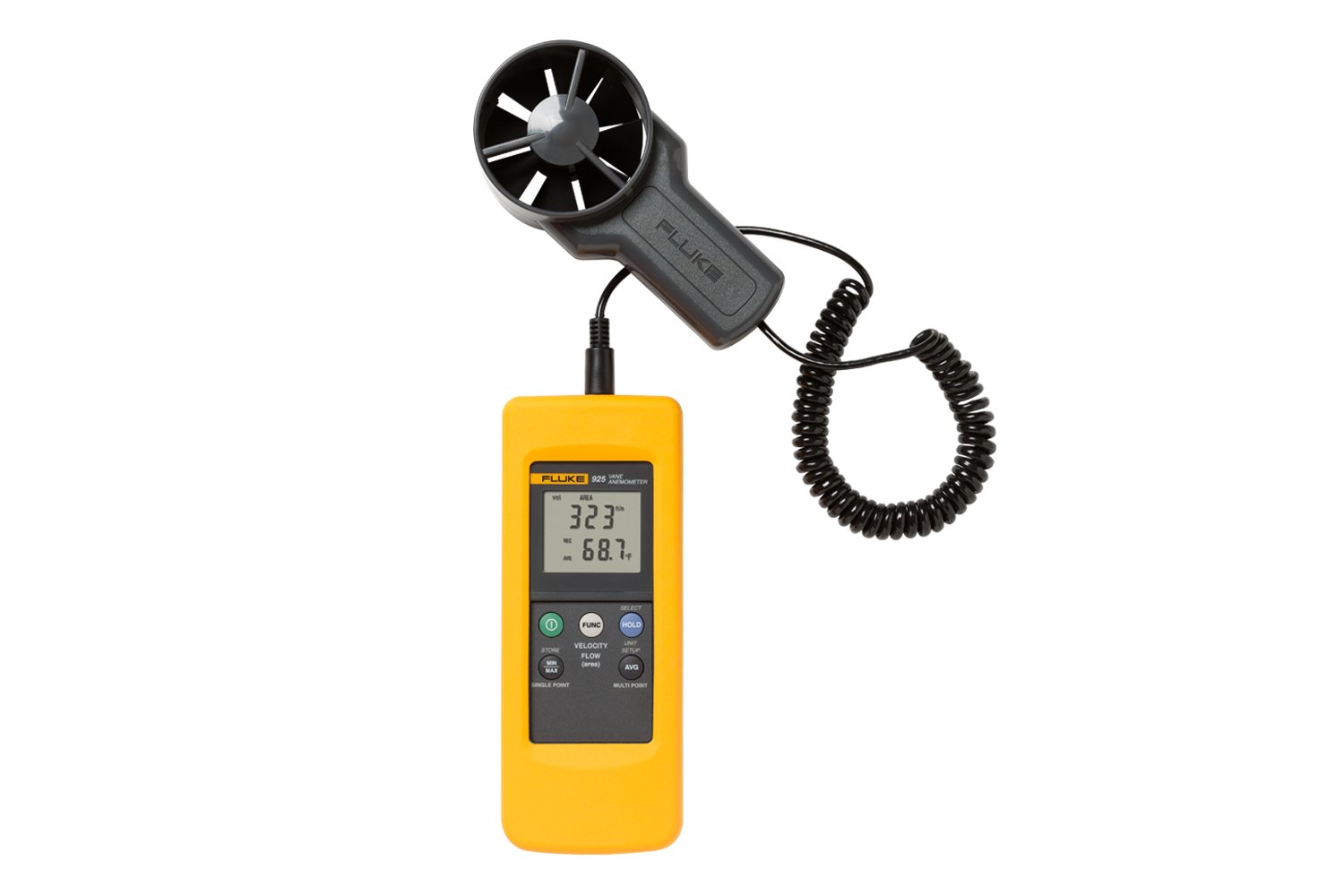Anemometer Innovations: The Most Recent Innovation for Wind Speed Dimension
Anemometer Innovations: The Most Recent Innovation for Wind Speed Dimension
Blog Article
Anemometers Introduced: Comprehending Their Value in Ecological Monitoring and Security Steps
The duty of anemometers in ecological surveillance and safety actions is commonly undervalued, yet their relevance is obvious. These instruments have a long history rooted in clinical questions and technological innovations, developing to come to be necessary devices in various fields. From weather forecasting to aeronautics safety and security, anemometers play a crucial function in providing exact data that educates decision-making processes and boosts overall safety. Recognizing the ins and outs of anemometers unveils a globe of essential insights that are fundamental to our understanding of the environment and the measures we require to make certain safety.
History of Anemometers
The development of anemometers can be traced back to the ancient people where primary wind determining tools were very first utilized. These early wind dimension tools laid the foundation for the development of a lot more sophisticated anemometers over time. One of the earliest known anemometers was the hemispherical cup anemometer created by Leon Battista Alberti in the 15th century. This style consisted of 4 hemispherical cups that accumulated wind energy, providing a measurement of its strength based on the rate of rotation.
Over the years, improvements in innovation led to the advancement of even more modern-day anemometers, consisting of ultrasonic anemometers and laser Doppler anemometers, providing increased accuracy and efficiency in determining wind rate and direction. The history of anemometers showcases a remarkable journey of technology and development in the field of meteorology.
Kinds Of Anemometers
Throughout the area of weather forecasting, different kinds of anemometers have actually been created to properly determine wind speed and instructions. One of the most common type is the mug anemometer, which consists of three or four cups installed on straight arms that turn with the wind. As the cups rotate, the rate at which they rotate is straight symmetrical to the wind speed. Another widely made use of type is the vane anemometer, which includes a tail or fin that straightens itself with the wind instructions. This placement allows the tool to figure out the wind direction. Sonic anemometers use ultrasonic signals to gauge wind speed and direction precisely. They are commonly used in research applications because of their high accuracy. Hot-wire anemometers run based upon the principle that the cooling effect of wind on a heated cable is symmetrical to the wind speed. These anemometers appropriate for determining low wind speeds with high precision. Each kind of anemometer has its strengths and is chosen based on the specific needs of the tracking job handy.
Applications in Meteorology
Having discussed the various types of anemometers used in weather forecasting for gauging wind rate and direction, it is important to explore their sensible applications in the field. Anemometers play an essential role in weather forecasting by offering real-time and precise information on wind conditions (anemometer). Meteorologists make use of anemometers to keep track of wind rate and direction to anticipate weather patterns, issue warnings for severe climate occasions like tornadoes, storms, and tornados, and examine weather for aviation safety and security
In meteorology, anemometers help in recognizing local and local wind read the full info here patterns, which are important for predicting weather condition modifications and identifying climatic fads. These gadgets are likewise used in research to study microclimates, urban heat islands, and air contamination diffusion. In addition, anemometers are employed in agriculture to maximize crop administration techniques, such as watering and pesticide application, based on wind conditions.
Value in Aeronautics Safety And Security
An essential facet of making sure air travel security hinges on the meticulous tracking of wind conditions utilizing anemometers. Anemometers play an essential function in aviation by providing real-time information on wind speed and direction, assisting pilots in making informed choices during touchdown, trip, and take-off. Solid and uncertain winds can significantly visite site affect aircraft procedures, making it necessary for air travel authorities to rely upon accurate wind dimensions to make sure the safety of guests and crew.

In the vibrant setting of aviation, where even minor changes in wind rate and instructions can have extensive results, anemometers stand as vital tools for promoting secure and safe and secure flight.
Duty in Environmental Study
Just how do anemometers add to innovations in environmental study? Anemometers play a crucial function in ecological research by providing crucial data on wind speed and instructions. This details is essential for comprehending various climatic processes, such as air contamination diffusion, weather condition patterns, and environment modification. By accurately gauging wind characteristics, anemometers help researchers evaluate the activity of toxins airborne, examine the effect of commercial discharges, and anticipate the spread of contaminants in the environment.


Verdict
In conclusion, anemometers have played an essential role in ecological tracking and safety steps. Understanding the relevance of anemometers is crucial for precisely gauging wind speed and instructions, which is vital for predicting climate patterns, making sure safe aeronautics procedures, and carrying out environmental researches.
One of the earliest well-known anemometers was the hemispherical mug anemometer designed by Leon Battista Alberti in the 15th century. Over the years, innovations in technology led to the advancement of even more modern-day anemometers, consisting of ultrasonic anemometers and laser Doppler anemometers, using boosted precision and effectiveness in measuring wind speed and instructions. click resources Hot-wire anemometers run based on the principle that the cooling impact of wind on a warmed cable is proportional to the wind rate. Meteorologists utilize anemometers to keep an eye on wind rate and direction to anticipate weather patterns, issue warnings for extreme climate events like hurricanes, hurricanes, and storms, and examine atmospheric problems for aeronautics safety.
Comprehending the significance of anemometers is important for properly measuring wind rate and instructions, which is essential for anticipating weather condition patterns, making certain secure aeronautics procedures, and performing ecological studies. (anemometer)
Report this page